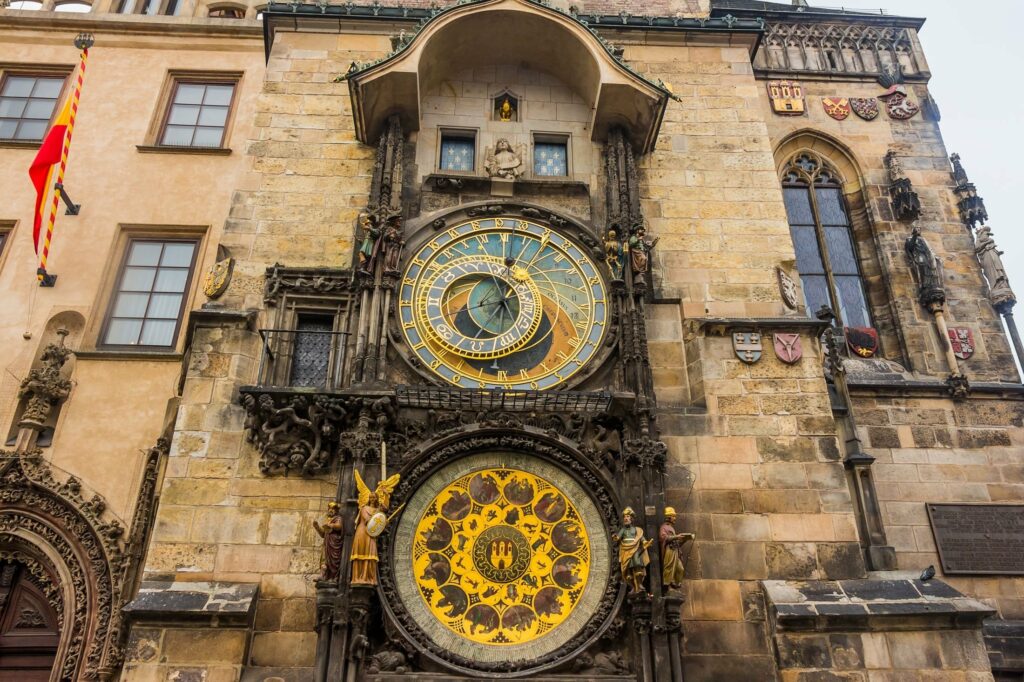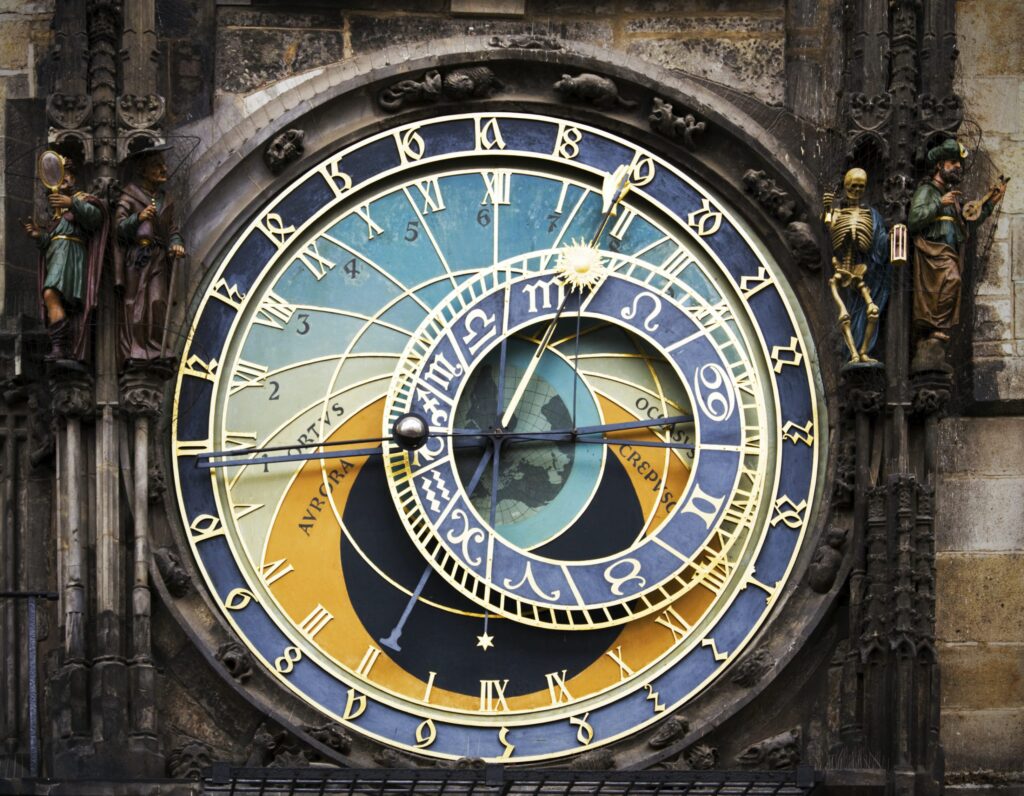A 600-Year-Old Astronomical Clock in Prague: A Timeless Masterpiece

In the heart of the enchanting city of Prague, amidst the cobblestone streets and medieval architecture, stands a testament to human ingenuity that has transcended centuries—the Prague Astronomical Clock. This astronomical marvel, dating back over 600 years, is not merely a timekeeping device; it is a symphony of craftsmanship, astronomical precision, and cultural significance. As we unravel the intricate details and history of this timeless masterpiece, prepare to be captivated by the enduring legacy of the 600-year-old astronomical clock that defies the boundaries of time.
The Unveiling of Temporal Artistry
A Triumph of Medieval Engineering
The Prague Astronomical Clock, also known as the Prague Orloj, made its grand debut in the Old Town Square of Prague in 1410. Crafted by the skilled hands of clockmaker Mikuláš of Kadaň and Jan Šindel, a renowned professor of mathematics and astronomy, the clock was a manifestation of the technological prowess of the medieval era.
Its design was a breathtaking fusion of functionality and artistry. The astronomical clock not only displayed the time but also provided astronomical information, including the positions of the sun and moon in the sky, the current zodiac sign, and other celestial details.
The Clock Tower: A Symbol of Civic Pride
Installed on the southern side of the Old Town Hall Tower, the clock tower became a symbol of civic pride for the people of Prague. It was not just a mechanism for marking time; it was a celestial storyteller, connecting the citizens to the cosmic dance unfolding above.
A Dance of Celestial Bodies
The Mechanism of Marvels
The astronomical clock is a mechanical marvel composed of multiple dials and components. The main face of the clock features the hours, depicted in Roman numerals, and the current position of the sun as it moves through the zodiac signs. The outer ring displays the Old Czech Time, a historical timekeeping system.
Below the main clock, additional dials showcase the phases of the moon and the Sun’s position in relation to the ecliptic. The lower dial, adorned with intricate symbols, represents the movement of the moon through its lunar nodes.
The Apostles’ Parade: A Spectacle on the Hour

One of the most enchanting features of the Prague Astronomical Clock is the hourly show known as the “Apostles’ Parade.” As the clock strikes the hour, a procession of twelve apostles emerges from two windows above the clock face. Each apostle, adorned in golden robes, makes a brief appearance, accompanied by the sounds of trumpets and the ringing of bells.
The apostles’ parade is not merely a mechanical display; it is a theatrical spectacle that has enthralled both locals and visitors for centuries. The show is a nod to the medieval tradition of town hall clock towers featuring animated figures, bringing life to the inanimate world of timekeeping.
The Restoration and Resilience
Surviving the Sands of Time
Over the centuries, the Prague Astronomical Clock has weathered the storms of history. From political upheavals to wartime bombardments, the clock tower has stood resilient, a silent witness to the passage of time. However, its journey has not been without challenges.
The Masterful Restoration of 1948
In 1945, during the waning days of World War II, the clock tower faced severe damage from the Germans during their withdrawal from Prague. The clock itself suffered significant destruction, and the intricate apostles’ show was nearly lost.
The restoration efforts that followed in 1948, led by Karel Hájek, were nothing short of a masterpiece. The damaged parts were meticulously reconstructed, and the apostles’ show was revitalized, preserving the cultural and historical significance of this celestial timepiece.
Beyond Timekeeping: The Cultural Symbolism
A Fusion of Astronomical and Astrological Wisdom
The Prague Astronomical Clock is not merely a device for measuring hours; it is a repository of astronomical and astrological wisdom. The zodiac signs and celestial symbols adorning the clock speak to the fusion of medieval science and spiritual beliefs.
The inclusion of astrological elements aligns with the medieval understanding of the interconnectedness of the cosmos and earthly affairs. It reflects an era when science, religion, and mysticism were intertwined, and the clock served as a conduit between the terrestrial and celestial realms.

A Cultural Icon: Witness to Centuries of Change
The Prague Astronomical Clock has transcended its role as a timekeeping device to become a cultural icon. It has borne witness to pivotal moments in history, from the Renaissance to the Velvet Revolution. Its silent presence in the Old Town Square is a reminder of the enduring spirit of a city that has weathered the winds of change while preserving its rich cultural heritage.
A Timeless Symphony of the Cosmos
As we stand in the shadow of the Prague Astronomical Clock, we are not just observers of time but participants in a timeless symphony that resonates through the ages. The rhythmic dance of the apostles, the intricate movements of celestial bodies, and the enduring resilience of the clock tower itself speak to a narrative that transcends the boundaries of temporal constraints.
The Prague Astronomical Clock is more than a historical artifact; it is a living testament to human innovation, cultural resilience, and the eternal dance of the cosmos. It invites us to gaze beyond the surface of its gears and dials, urging us to contemplate the profound connection between the heavens and Earth—a connection that has echoed through 600 years and continues to weave its celestial magic in the heart of Prague.


